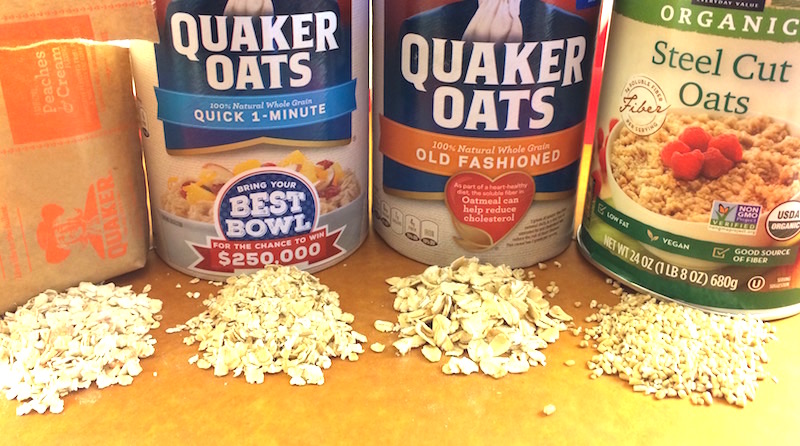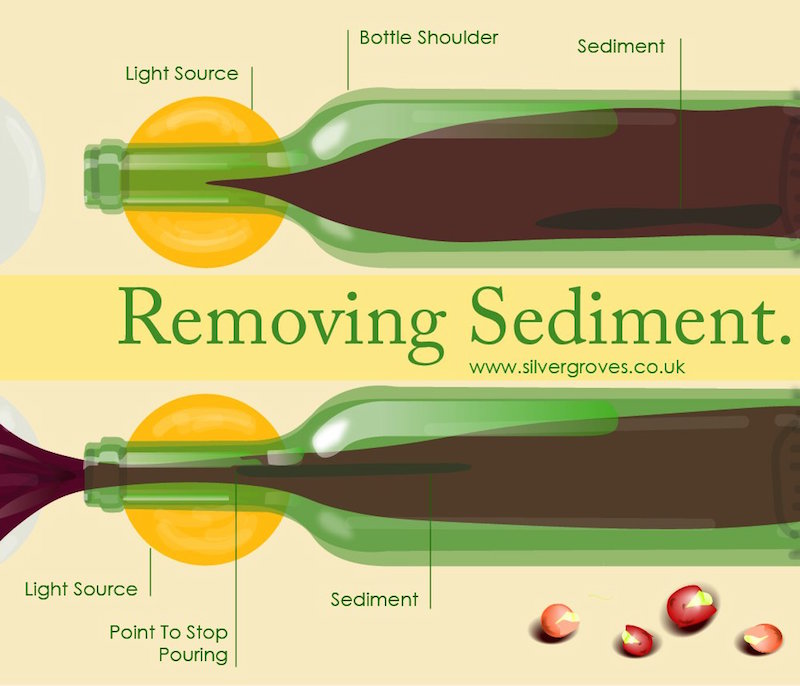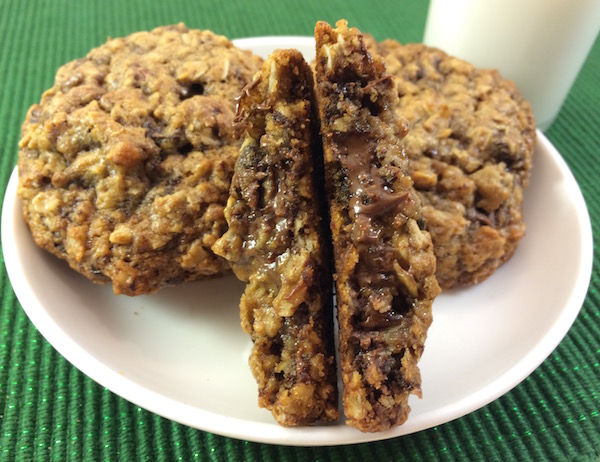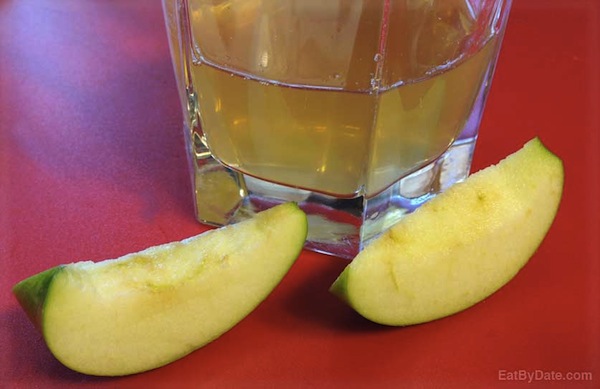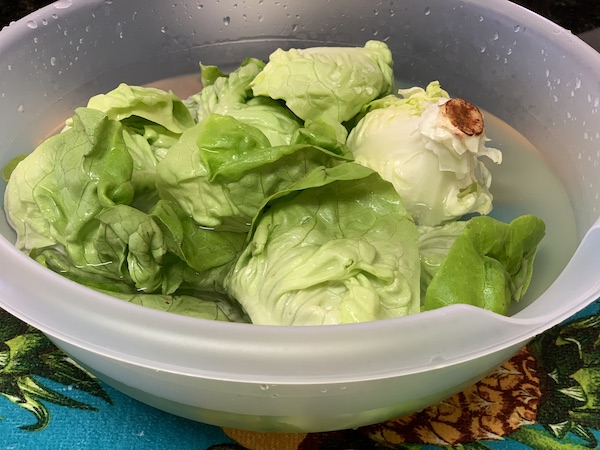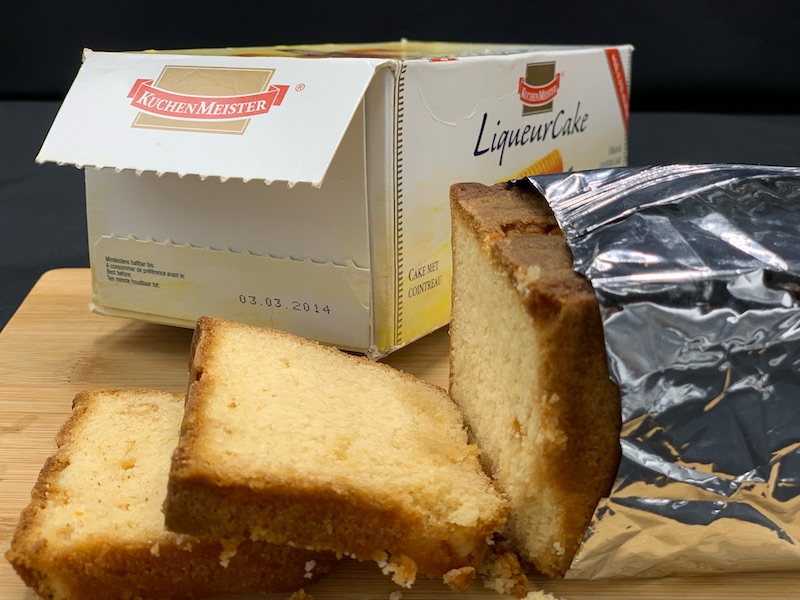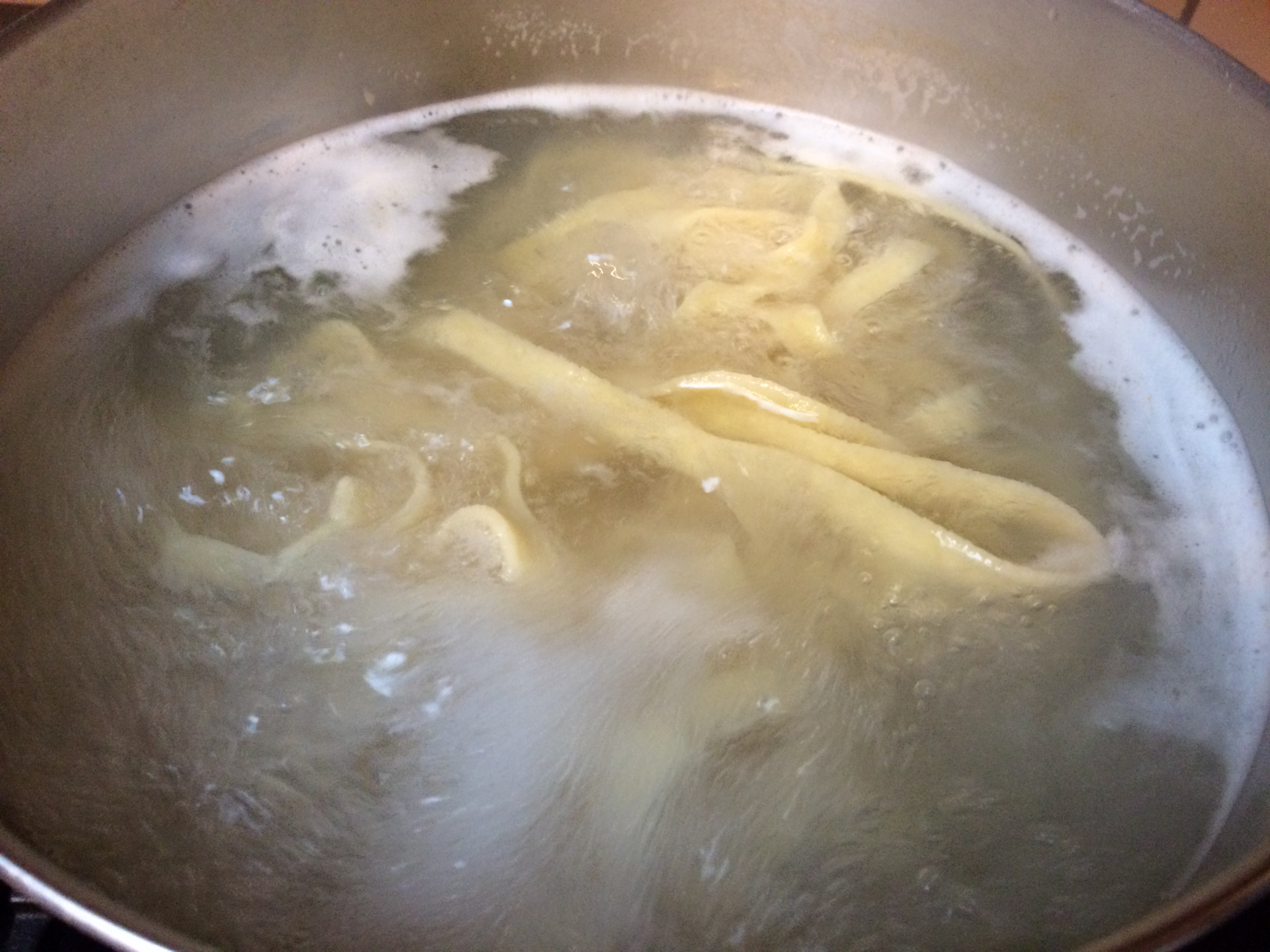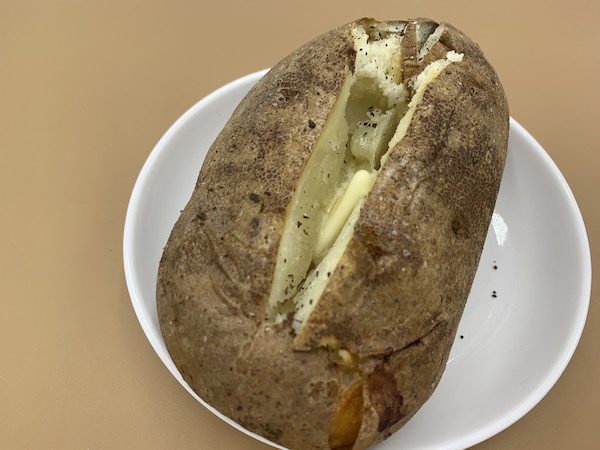Happy New Year!
Wishing everyone a safe and happy new year as the champagne is popping all over the world. More champagne is purchased and consumed on New Year’s eve than on any other day of the year. Liquor stores generally sell bottles for prices between $4 and $440.
So – the taste may differ, but the basic science of champagne remains consistent. CO2 is created during the making of champagne and when we pop the cork to celebrate, the CO2 is released from the wine to bubble over and tickle our senses.
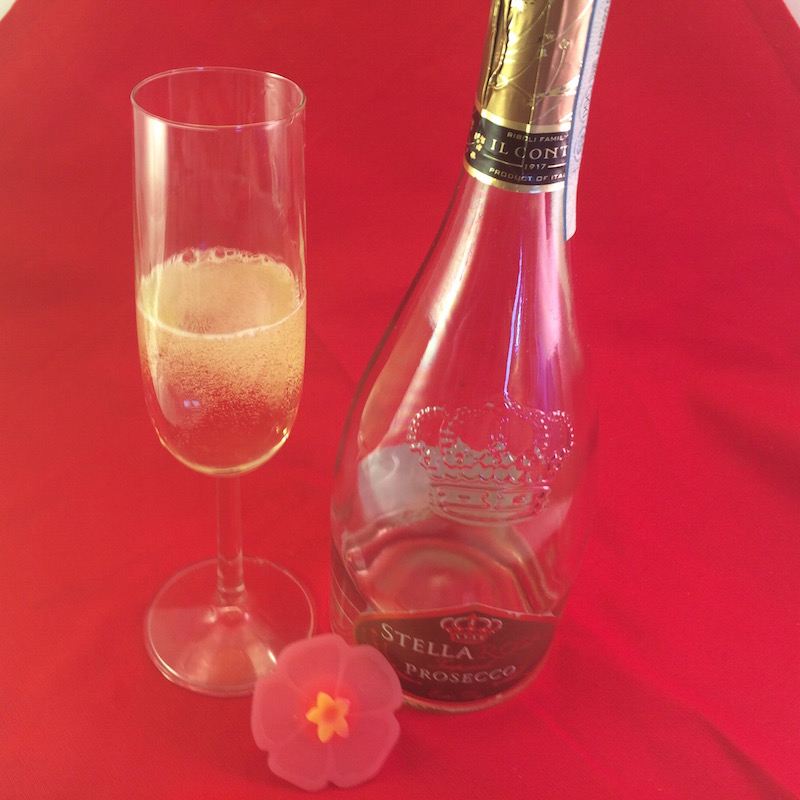
Champagne Bubbly
Pouring champagne is a science. Here are few tips about Champagne that may help you out:
Additional Information on Champagne
Just like with any other food or drink, it’s also important to know how long champagne lasts and how to store champagne so that it’s perfect at midnight (or any celebratory moment).
So, check the pages of EatByDate and remember to drink responsibly.


